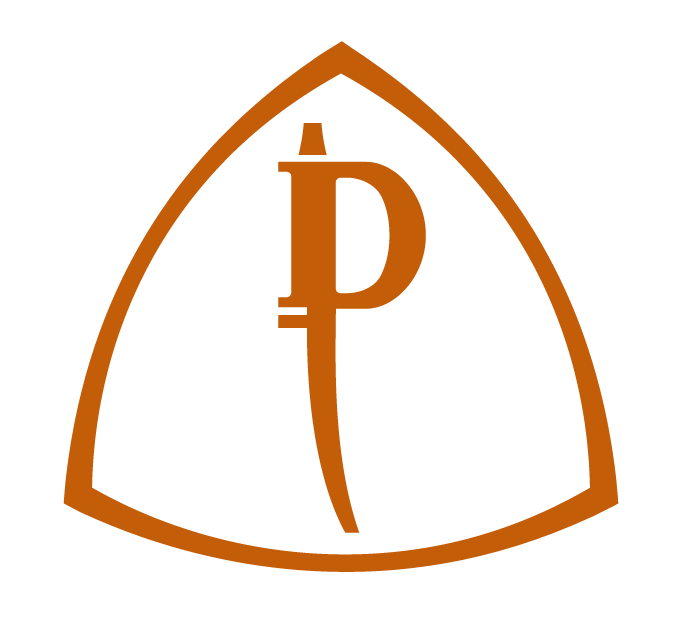Since my last entry our Craftsman Program students have completed their sawhorse exercise and have begun the Wabi Sabi cabinet exercise. We began with the coopered door; each student beveled and edge jointed the staves for their door, using planes made in the second week of the program. We then selected the material for their top, bottom and sides and edge jointed material as required. Joining material with an imperceptible joint is very gratifying, especially using a tool that you made and tuned yourself. We have doweled our carcasses, flushed the back and ran a rebate to accept the back panel we will be making in the coming weeks. We fit the door to the sides of the cabinet, an exercise in flexible accuracy. We ran the slots for partitions and milled and drilled for the fittings. We have shaped the sides, a subtle curve with a little pinch toward the edges of the concave door. This week we will be making and installing knife hinges, and complete the surface preparation and edge treatment.
We will then apply finish, in this case, polish (shellac) and assemble. Next week, once the partition is installed, we will be moving onto dovetail joinery and drawer making and fitting.
Resident Craftsman Program students and I have continued on with the joinery for our chairs. We will be moving onto shaping this week and move onto assemblies next week. Our second year students are happy in their work, and it shows in their work. Yvonne and I are so very greatful to have such a fine group of second year students.
The last Elephant was held at the beach, a five minute stroll from the school. A nice fire, incredible sunset and beautiful people. We celebrated Scott and Marijolein’s birthdays and Melissa’s first commission, a chair for a client who operates a gallery in New York.
On Sunday morning, I arrived at the school a few minutes before six. I cut and fit the compound angled joinery for the lower side rails of my chair. At nine thirty Yvonne came by and we walked to the beach and sat in the sun and felt very fortunate to live where we do.
The weekend before last, we joined alumni Dan McCallum for chainsaw milling of Port Orford cedar, catalpa, elm and cherry on Spanish Banks. We were joined by allumni Bill Chow and Sue Nagy. We were invited back to Dan and Stephanie’s where we were treated to a wonderful lunch, followed by shop and wood shed tours where the students and I were sent away with truck loads of wood.
“Relax, just remember the wood, the tools and the details, and you’ll be fine.” -JK
It was down at the beach, that I was reminded of the conversation I had with JK on a sunny fall afternoon in the fall of 2005. I was feeling a bit anxious, the day before our first Craftsman Program. Jim said “ Relax, just remember the wood, the tools and the details, and you’ll be fine.” After a busy week with fine work in the shop, we were outside in the fresh air where it all begins, with the wood.
Be well and enjoy your work,
Robert

